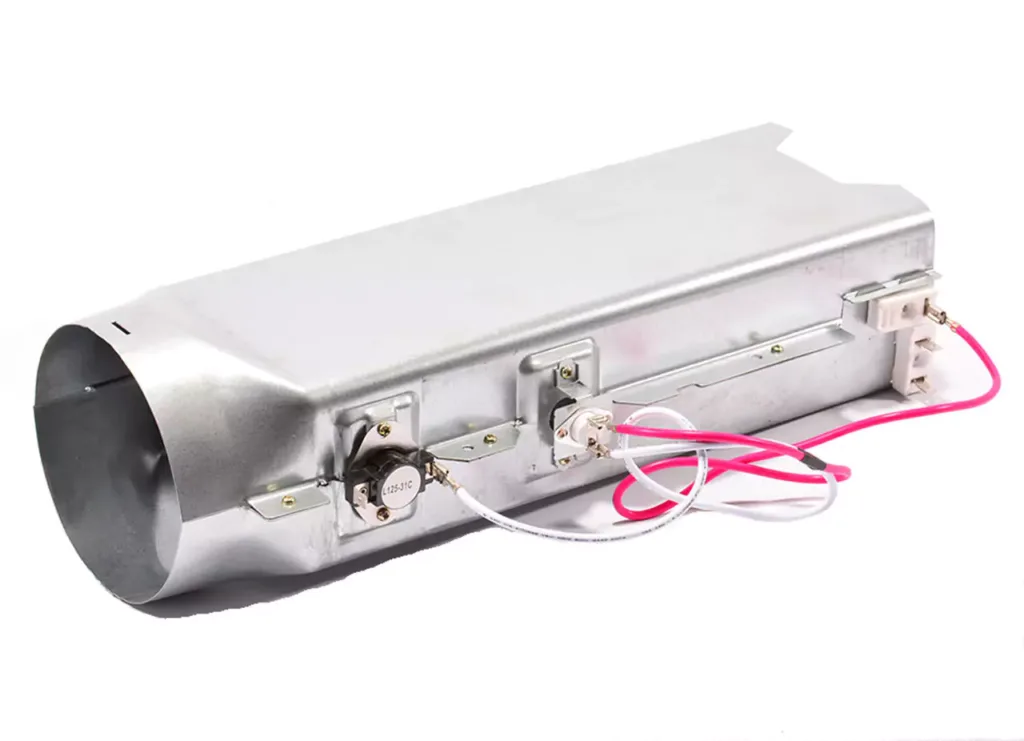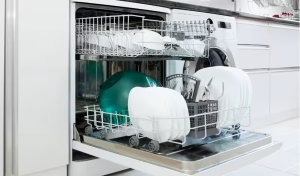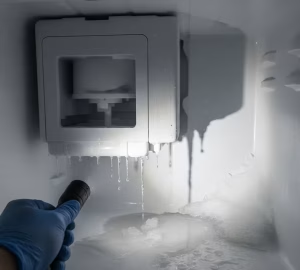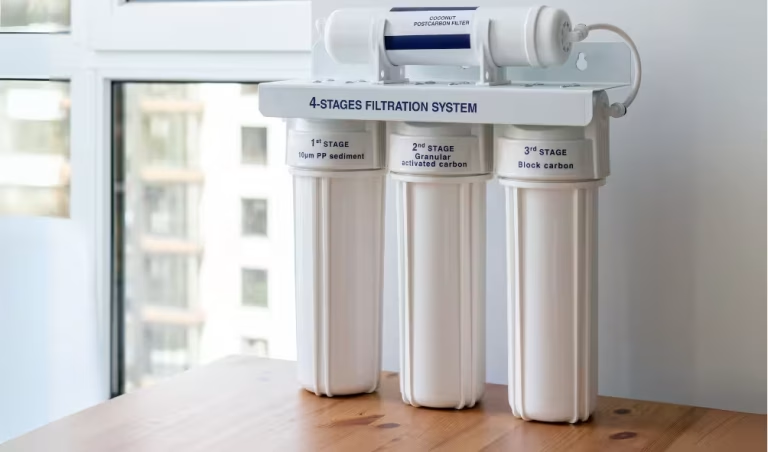A dryer not heating up can be a frustrating and inconvenient problem for any homeowner. Not only does it leave you with damp clothes, but it can also be a sign of more significant issues. If your dryer isn’t heating properly, don’t panic! In this comprehensive guide, we’ll walk you through some of the most common causes and solutions to get your dryer back in working order. By understanding how to troubleshoot your dryer, you can save time, money, and avoid the need for a costly professional service.
Check the Power Source
Before diving into more complex troubleshooting, start by ensuring that your dryer is properly connected to a power source. Check that the plug is securely inserted into the outlet and that the circuit breaker hasn’t tripped. Additionally, confirm that your dryer is set to the correct heat setting, as a lower setting may not provide sufficient heat to dry your clothes.
Inspect the Heating Element
The heating element is a crucial component of your dryer, responsible for generating heat. Over time, the heating element can wear out or become damaged, leading to a lack of heat. To inspect the heating element, unplug your dryer and locate the element, usually found in the back or bottom of the appliance. Look for any signs of damage or wear, such as broken coils or burn marks. If the element is damaged, you’ll need to replace it.
Examine the Thermal Fuse
A thermal fuse is a safety device designed to protect your dryer from overheating. If the fuse has blown, your dryer won’t heat up. To check the thermal fuse, unplug your dryer and locate the fuse, typically found near the exhaust duct. Use a multimeter to test the fuse for continuity. If the fuse is blown, replace it with a new one.
Test the Thermostat
A faulty thermostat can prevent your dryer from heating by not regulating the temperature properly. To test the thermostat, unplug your dryer, locate the thermostat (usually found near the heating element or exhaust duct), and use a multimeter to check for continuity. If the thermostat is not functioning correctly, replace it.
Assess the Timer Motor
The timer motor is responsible for controlling the duration of the drying cycle. A malfunctioning timer motor can cause the dryer to stop heating prematurely. To test the timer motor, disconnect your dryer from the power source, locate the timer motor (usually found behind the control panel), and use a multimeter to check for continuity. If the timer motor is defective, replace it.
Inspect the Gas Valve Solenoid (Gas Dryers Only)
For gas dryers, the gas valve solenoid is responsible for controlling the flow of gas to the burner. If the solenoid is faulty, the gas supply may be interrupted, resulting in a lack of heat. To test the solenoid, unplug your dryer, locate the gas valve assembly (usually found at the rear of the appliance), and use a multimeter to test the solenoid coils for continuity. If either solenoid coil is faulty, replace the entire gas valve assembly.
Conclusion:
Troubleshooting a dryer not heating can be a straightforward process if you follow the steps outlined in this guide. By systematically checking each component, you can quickly identify and fix the problem, saving you time and money. However, if you’re unsure about any of the steps or feel uncomfortable working with electrical components, don’t hesitate to contact a professional appliance repair service for assistance.











